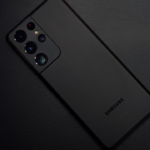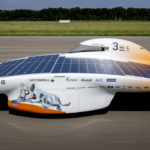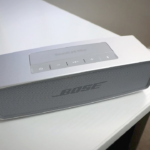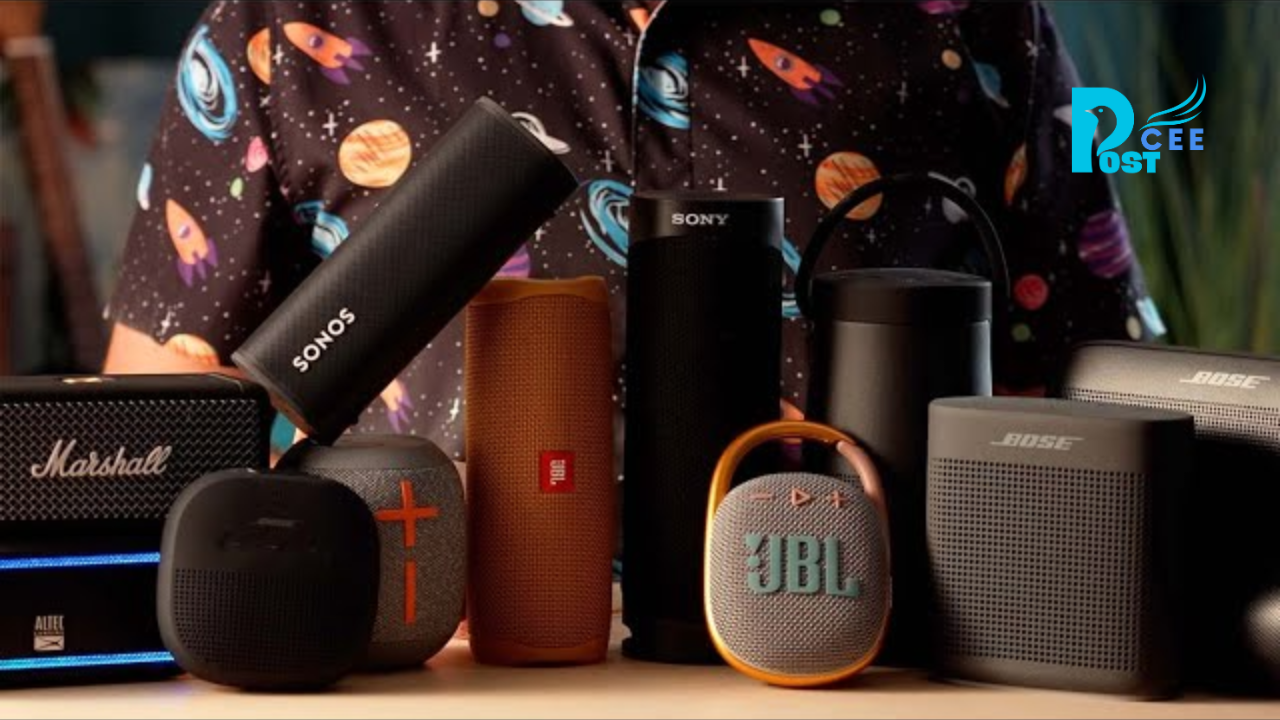Surgical robots have been transforming the medical field, demonstrating their effectiveness in several applications, including tumor removal. A new type of surgical robot is recently making headlines, as it successfully assists in procedures to remove throat tumors. This article delves into this novel technology, its potential impact on cancer treatment, and the perspectives surrounding its usage. We have gathered pertinent statistics and insights from a variety of sources for a holistic view.
The New Surgical Robot: A Technological Marvel
The new type of surgical robot that warrants attention is known as the Flex® Robotic System, developed by Medrobotics Corporation. This robotic system offers a transformative approach to throat tumor removal, utilizing a minimally invasive technology called transoral robotic surgery (TORS).
The Flex® Robotic System’s unique feature is its highly articulated robotic scope that allows for navigation around the many twists and turns of the human throat. This unprecedented feature grants surgeons access to locations previously hard to reach without requiring extensive incisions, making it ideal for the precise removal of throat tumors Medrobotics, 2023.
Impact on Cancer Treatment
Around 1.1% of adults will be diagnosed with oral cavity and pharyngeal cancer at some point during their lifetime, according to the American Cancer Society’s 2015-2017 data American Cancer Society, 2023. The introduction of the Flex® Robotic System could change the way these patients are treated.
Traditionally, treating throat tumors might involve invasive surgery or radiation therapy. However, these methods pose risks and complications, such as damage to nearby tissues and nerves, potential disfigurement, and a long recovery time.
With this innovative robotic system, surgeons can perform minimally invasive procedures, thus reducing the risk of complications, promoting faster recovery, and potentially improving patients’ quality of life. A study in the ‘Head & Neck’ journal documented that patients undergoing TORS experienced shorter hospital stays and were less likely to need chemotherapy or radiation therapy Wiley Online Library, 2023.
Diverse Perspectives on Robotic Surgery
The advent of surgical robots, especially those capable of performing procedures like TORS, has generated diverse perspectives from the medical community, patients, and healthcare perspectives at large.
Surgeons appreciate the precision, flexibility, and control offered by the Flex® Robotic System. Additionally, the enhanced visualization via a 3D high-definition view allows them to operate with maximum efficiency Medical Xpress, 2023.
From a patient perspective, surgical intervention using the Flex® Robotic System potentially means smaller incisions, less pain and discomfort post-operation, shorter recovery times, and reduced need for subsequent treatments like radiation.
However, despite the positive outlook, some healthcare professionals express concerns that need addressing. These include high initial costs of acquiring robotic systems, adequate training for surgeons, and ensuring that the benefits unequivocally outweigh traditional surgical methods.
The Flex® Robotic System represents the forward march of medical technology, illustrating how the integration of robotics in healthcare is combing precision, efficiency, and improved outcomes. Experts will monitor it closely as research continues and further data accumulates.
With optimized machines like the Flex® Robotic System, the line between science fiction and reality appears more blurred than ever before, paving the path for noninvasive and more efficient medical procedures.















